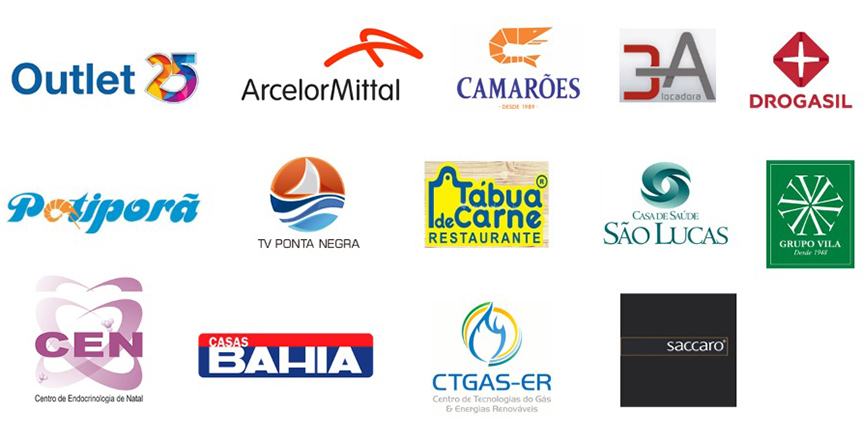

For centuries, the art of tarot card reading has astounded people all over the world with its magical attraction and enigmatic symbolism. From for psychic reading onlineecasting the future to supplying insight right into today, tarot cards have actually been utilized as a device for support, self-reflection, and spiritual development. Whether you’re a seasoned practitioner or a curious amateur, diving right into the world of tarot can be a satisfying and enlightening experience.
At its core, tarot card is a form of prophecy that makes use of a deck of cards to get insight into the past, present, and future. Each card in the tarot deck is abundant with meaning and significance, standing for different aspects of life, feelings, and spiritual lessons. One of the most usual tarot card deck is the Rider-Waite-Smith deck, which consists of 78 cards split right into 2 primary classifications: the Significant Arcana and the Minor Arcana.
The Major Arcana cards are the 22 key resource that represent essential life occasions, spiritual lessons, and stereotypical icons. These cards are frequently seen as the heart of the tarot deck, providing deep understandings and extensive discoveries. The Minor Arcana, on the other hand, includes 56 cards split right into four matches: Sticks, Cups, Swords, and Pentacles. Each fit corresponds to a different element (fire, water, air, planet) and represents different aspects of life, feelings, and challenges.
When performing a tarot card analysis, the reader mixes the cards and lays them out in a certain pattern or spread. The cards are after that translated based on their setting in the spread, their meaning, and the reader’s intuition. Tarot card readings can give advice, clarity, and ideas, helping people browse life’s obstacles and make informed choices.
The beginnings of tarot are shrouded in mystery and debate, with different theories tracing its origins back to old Egypt, China, or Europe. The earliest recorded tarot cards date back to the 15th century, when they were made use of as playing cards in Italy. It wasn’t until the 18th century that tarot cards ended up being related to divination and fortune-telling.
Among the most popular and significant tarot decks, the Rider-Waite-Smith deck, was created in 1909 by artist Pamela Colman Smith and wizard A. E. Waite. This iconic deck reinvented tarot images and meaning, setting the requirement for modern tarot card decks. Since then, many variations and analyses of the tarot card have emerged, each providing its own distinct point of view and insights.
Today, tarot continues to inspire and intrigue people from all walks of life, using a powerful device for self-discovery, introspection, and spiritual development.
Reading tarot card cards is both an art and a skill that requires practice, instinct, and an understanding of the cards’ significance. Below are some tips for novices wanting to dive into the globe of tarot:
While each tarot card holds its very own distinct symbolism and definition, there are some usual interpretations that can assist you browse your analyses:
Whether you’re drawn to tarot for its mystical allure, spiritual assistance, or creative inspiration, checking out the world of tarot can be a transformative and enriching experience. By delving right into the symbolism, background, and meanings of the cards, you can unlock a riches of insight, knowledge, and self-discovery. So grab your deck, shuffle the cards, and allow the magic of tarot overview you on your journey of self-exploration and growth.
NOSSOS CLIENTES

